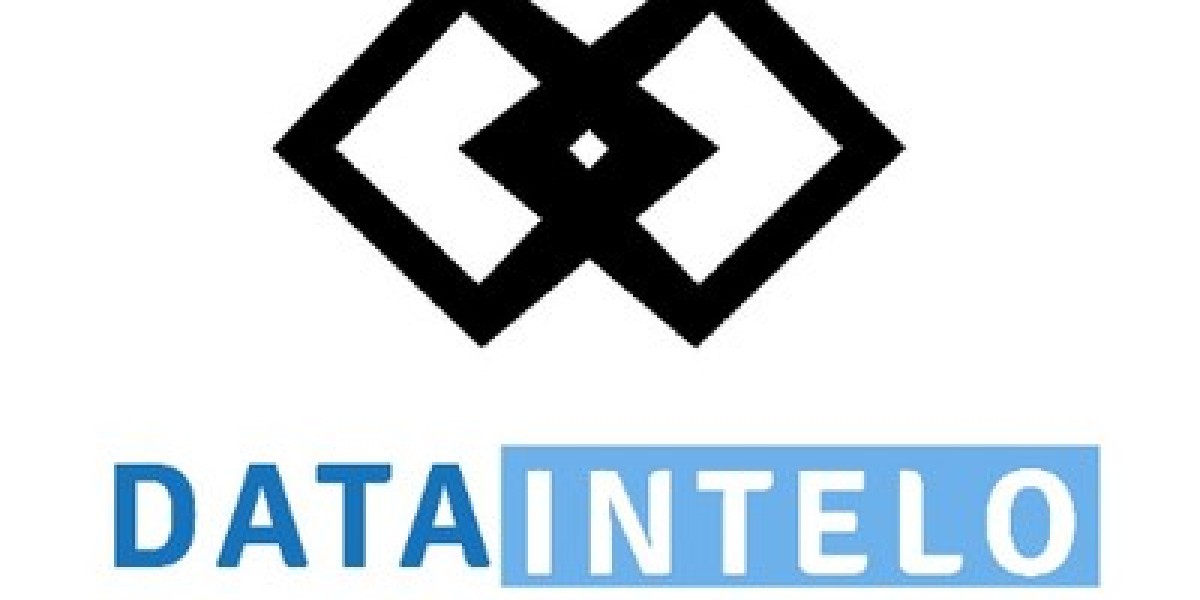PICOT format in researches
(Population, Intervention, Comparison, Outcome, Timeframe) research paper examples demonstrate the structured and focused approach researchers take when exploring specific healthcare questions. These examples showcase how the PICOT question framework can be applied to create research inquiries that are clear, measurable, and tailored to address particular healthcare issues.
### Example 1: Diabetes Management
**Population (P):** Adults diagnosed with type 2 diabetes
**Intervention (I):** Implementation of a mobile health (mHealth) app for self-monitoring of blood glucose levels
**Comparison (C):** Traditional paper log for blood glucose monitoring
**Outcome (O):** Improvement in glycemic control, measured by HbA1c levels
**Timeframe (T):** Evaluated over a 6-month period
*In adults diagnosed with type 2 diabetes (P), does the use of a mobile health app for self-monitoring of blood glucose levels (I) compared to traditional paper logs (C) result in a significant improvement in glycemic control, as measured by HbA1c levels (O), over a 6-month period (T)?*
### Example 2: Postoperative Pain Management
**Population (P):** Patients undergoing elective orthopedic surgery
**Intervention (I):** Administration of intravenous acetaminophen as part of postoperative pain management
**Comparison (C):** Standard postoperative pain management protocol without intravenous acetaminophen
**Outcome (O):** Reduction in opioid consumption and improved pain control
**Timeframe (T):** Assessed during the first 48 hours post-surgery
*In patients undergoing elective orthopedic surgery (P), does the administration of intravenous acetaminophen as part of postoperative pain management (I) compared to standard protocols without intravenous acetaminophen (C) result in a reduction in opioid consumption and improved pain control (O) during the first 48 hours post-surgery (T)?*
### Example 3: Nurse Staffing Levels and Patient Falls
**Population (P):** Elderly patients in long-term care facilities
**Intervention (I):** Increased nurse staffing levels during high-risk periods (evenings and nights)
**Comparison (C):** Standard nurse staffing levels throughout the day
**Outcome (O):** Reduction in the incidence of patient falls
**Timeframe (T):** Assessed over a 12-month period
*In elderly patients residing in long-term care facilities (P), does the implementation of increased nurse staffing levels during high-risk periods (evenings and nights) (I) compared to standard staffing levels throughout the day (C) lead to a reduction in the incidence of patient falls (O) over a 12-month period (T)?*
### Example 4: Maternal and Infant Health
**Population (P):** Pregnant women in their third trimester
**Intervention (I):** Prenatal yoga sessions
**Comparison (C):** Standard prenatal care without yoga sessions
**Outcome (O):** Reduction in maternal stress levels and preterm births
**Timeframe (T):** Assessed at the end of the pregnancy
*In pregnant women in their third trimester (P), does participation in prenatal yoga sessions (I) compared to standard prenatal care without yoga sessions (C) result in a reduction in maternal stress levels and preterm births (O) at the end of the pregnancy (T)?*
### Example 5: Telehealth for Mental Health Support
**Population (P):** Adolescents with diagnosed anxiety disorders
**Intervention (I):** Telehealth-based cognitive-behavioral therapy (CBT) sessions
**Comparison (C):** In-person cognitive-behavioral therapy sessions
**Outcome (O):** Reduction in anxiety symptoms and improved daily functioning
**Timeframe (T):** Assessed over a 3-month follow-up period
*Among adolescents diagnosed with anxiety disorders (P), does telehealth-based cognitive-behavioral therapy (CBT) sessions (I) compared to in-person CBT sessions (C) result in a greater reduction in anxiety symptoms and improvement in daily functioning (O) over a 3-month follow-up period (T)?*
These PICOT research paper examples illustrate how the framework can be applied across diverse healthcare topics, providing a systematic and focused approach to formulating research questions. Researchers utilize the PICOT structure to ensure their inquiries are specific, measurable, and directly address the particular needs or challenges within the chosen healthcare context.


